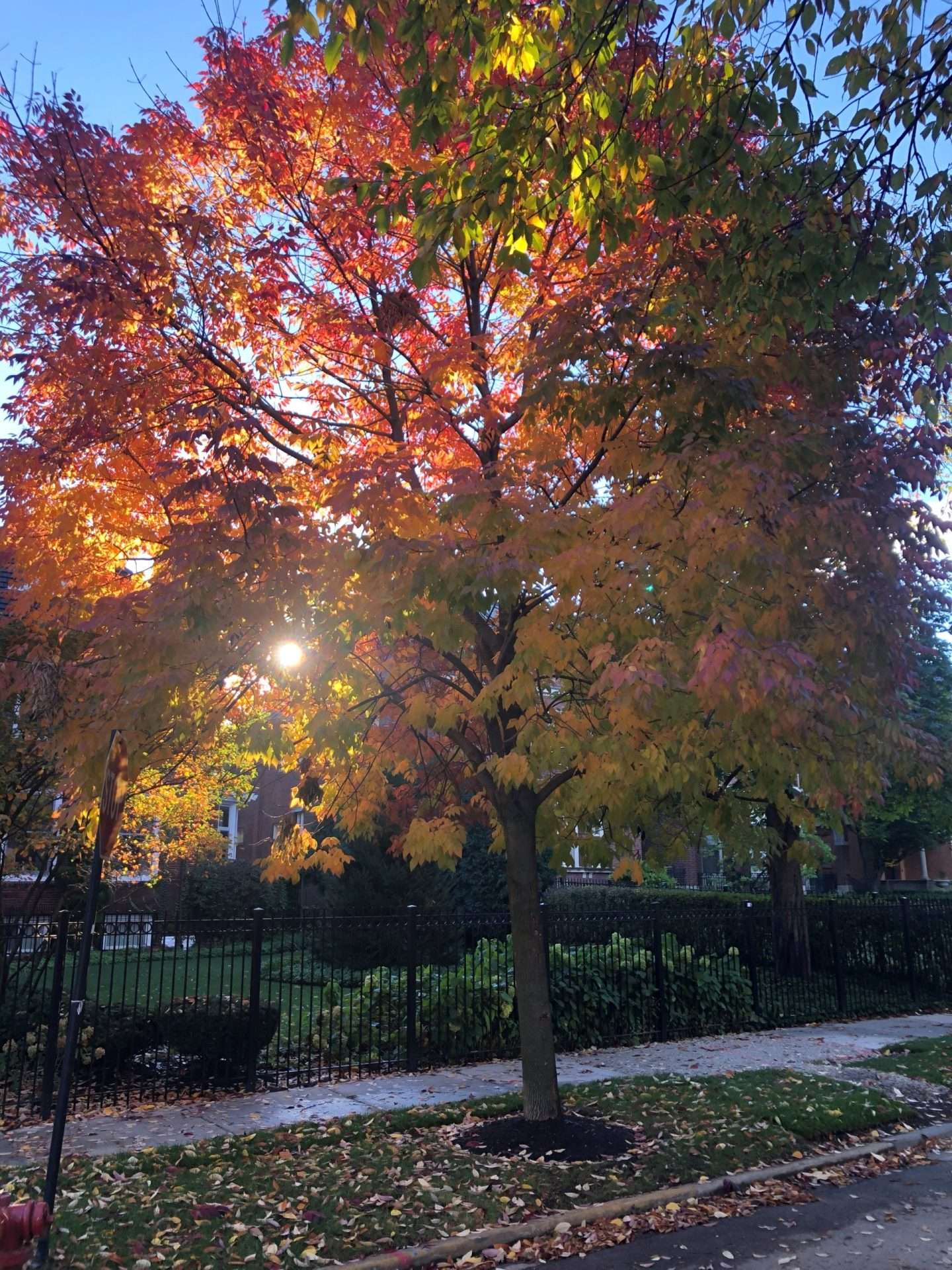The City of Chicago should inoculate all healthy ash trees as a management tool to sustain the canopy as long as possible and spread-out removal costs of trees over the next few decades.
Tree conservation is economically and environmentally superior to tree removal. Chicago’s Bureau of Forestry (BOF) had successfully treated and preserved ash trees throughout the city since 2010 but hasn’t treated the ash trees since 2018. Since treatments last for three years, inoculations are now past due. In a 2013 paper, BOF shared that healthy ash trees do not present any inordinate risk to the public and make a substantial environmental contribution to Chicago’s tree canopy. Healthy trees should be maintained as long as possible to retain environmental benefits yet be removed and replaced as tree health degrades.
Urban ash conservation is less costly than removal, especially when the significant environmental and economic benefits of established trees are considered. The cost of inoculating an average size, healthy ash tree in Chicago is one-tenth of the cost of removing it. Ash tree conservation can circumvent the substantial environmental impacts caused by deforestation of the urban landscape, as well as the documented public safety risks associated with standing dead ash trees and their removal. Many landowners continue to rationalize tree removal as the only viable management strategy for Emerald Ash Borer (EAB). This is based on erroneous beliefs that tree removal slows the spread of EAB, or that treatment is not effective, economical, or environmentally sound.
Losing healthy ash trees in Chicago will increase heat islands and its associated health risks, especially in older people. Tree loss from the spread of EAB is associated with increased human mortality according to the American Journal of Preventative Medicine. Results suggest that loss of trees to the emerald ash borer increased human mortality related to cardiovascular and lower-respiratory-tract illness. This finding adds to the growing evidence that the natural environment provides major public health benefits.
With the net loss of 10,000 street trees every year for the last ten years, it is imperative that Chicago maintains the dwindling 16% tree canopy that currently exists for our health and the City’s bottom line. Current science supports conservation via treatment as a sensible and effective tool for managing healthy ash trees in urban settings. Openlands supports the request to restore funding for ash tree inoculations in the 2022 City of Chicago budget and applauds the efforts of the community groups, Save Your Ash, and Alderpersons for their strong advocacy to drive this forward.

